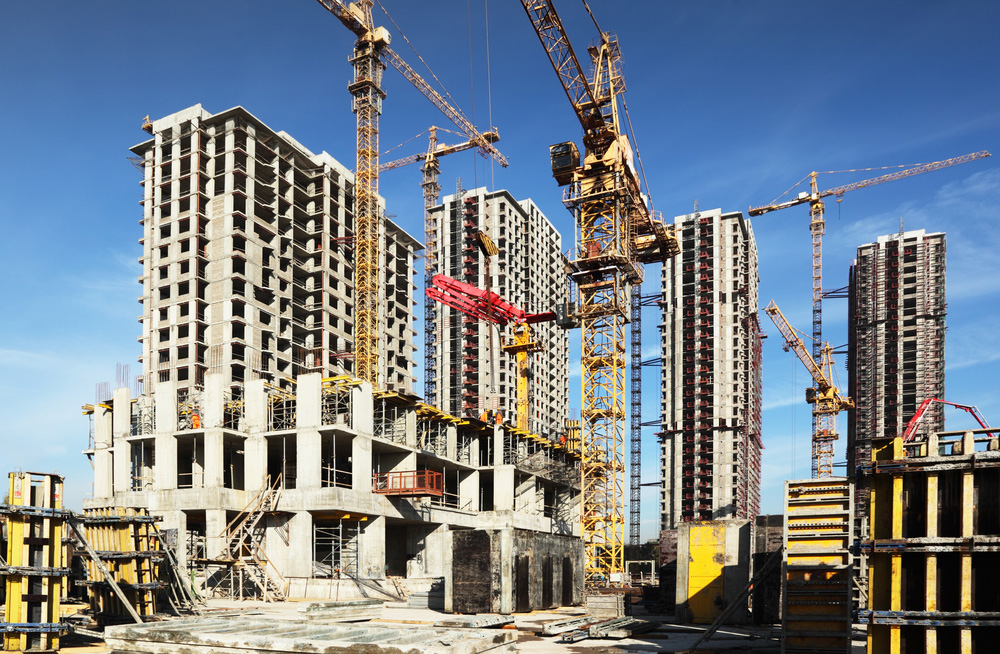Shaping Skylines: Understanding the Dynamics of the Construction Industry

The construction industry plays a pivotal role in shaping skylines and transforming urban landscapes. From towering skyscrapers to intricate infrastructure projects, construction projects leave an indelible mark on our cities. Understanding the dynamics of this industry is crucial for professionals, enthusiasts, and anyone interested in the built environment.
In this article, we will delve into the various aspects of the construction industry, from its historical evolution to the key players involved, construction processes, major sectors, challenges, and emerging trends.
The Evolution of the Construction Industry
The construction industry has come a long way, evolving alongside advancements in technology and societal needs. From humble beginnings where manual labor was the primary resource, it has now embraced cutting-edge tools, machinery, and techniques. The advent of new materials, such as reinforced concrete and steel, revolutionized the way buildings are constructed, allowing for taller and more complex structures. Additionally, digitalization and Building Information Modeling (BIM) have transformed project planning, design, and collaboration, increasing efficiency and accuracy.
Key Players in the Construction Industry
A multitude of professionals and entities contribute to the successful execution of construction projects. Contractors and subcontractors are at the forefront, managing the construction process and coordinating various trades. Architects and engineers bring creative vision and technical expertise to design functional and aesthetically pleasing structures. Material suppliers and manufacturers provide the necessary resources, while regulatory bodies and government agencies ensure compliance with codes, standards, and safety regulations.
Construction Processes and Project Management
Construction projects go through a series of well-defined phases, beginning with the pre-construction stage. This involves meticulous planning, budgeting, and design development. During the construction phase, site preparation takes place, followed by the actual construction activities. Safety considerations, such as implementing proper protocols and ensuring worker well-being, are paramount. Finally, the post-construction phase involves inspection, quality control, and the project’s ultimate completion.
Major Construction Sectors
The construction industry encompasses diverse sectors, each with its unique characteristics and requirements. Residential construction focuses on building homes and housing developments, catering to the needs of individuals and families. Commercial construction involves the creation of office buildings, retail spaces, hotels, and other commercial structures. Infrastructure and public works projects encompass transportation systems, bridges, roads, and utilities. Industrial construction caters to specialized facilities like factories, warehouses, and power plants.
Challenges and Opportunities in the Construction Industry
Like any industry, the construction sector faces its share of challenges and opportunities. One significant challenge is the persistent labor shortage and the need for skilled workers with construction licenses. Encouraging workforce development and attracting new talent is crucial for the industry’s growth. Another challenge is the increasing emphasis on sustainable construction practices. As environmental concerns grow, incorporating green building methods and materials is essential for reducing the industry’s ecological footprint. Technological innovation also presents opportunities, such as the adoption of drones for site surveys and the use of virtual reality for immersive project visualization.
Emerging Trends and Future Directions
The construction industry is constantly evolving, driven by technological advancements and changing societal needs. Prefabrication and modular construction methods are gaining traction, allowing for faster project completion and improved quality control. Building information modeling (BIM) revolutionizes project planning and collaboration, enabling stakeholders to visualize and optimize every aspect of a building’s lifecycle. Sustainable construction practices, such as energy-efficient designs and renewable energy integration, are becoming standard. Moreover, the concept of smart cities, where infrastructure and technology seamlessly integrate, holds immense potential for the future.
In conclusion, the construction industry is a dynamic and multifaceted sector that shapes our skylines and urban landscapes. Understanding its dynamics is crucial for anyone involved or interested in this field. By exploring its evolution, key players, construction processes, major sectors, challenges, and emerging trends, we gain valuable insights into an industry that continues to innovate, transform, and leave a lasting impact on the world around us.

